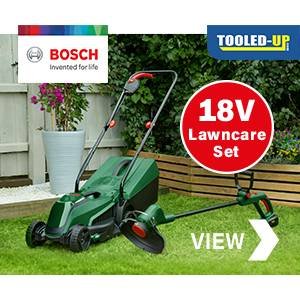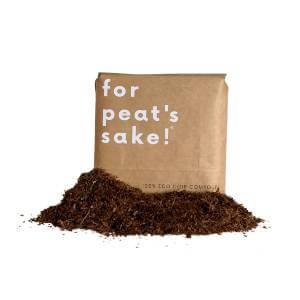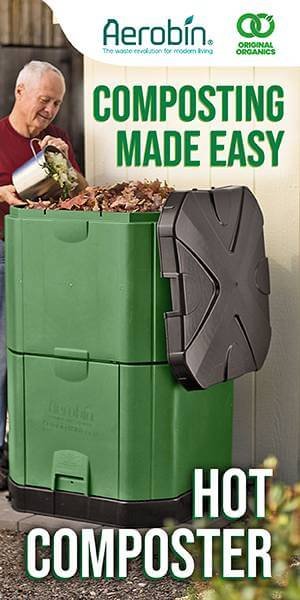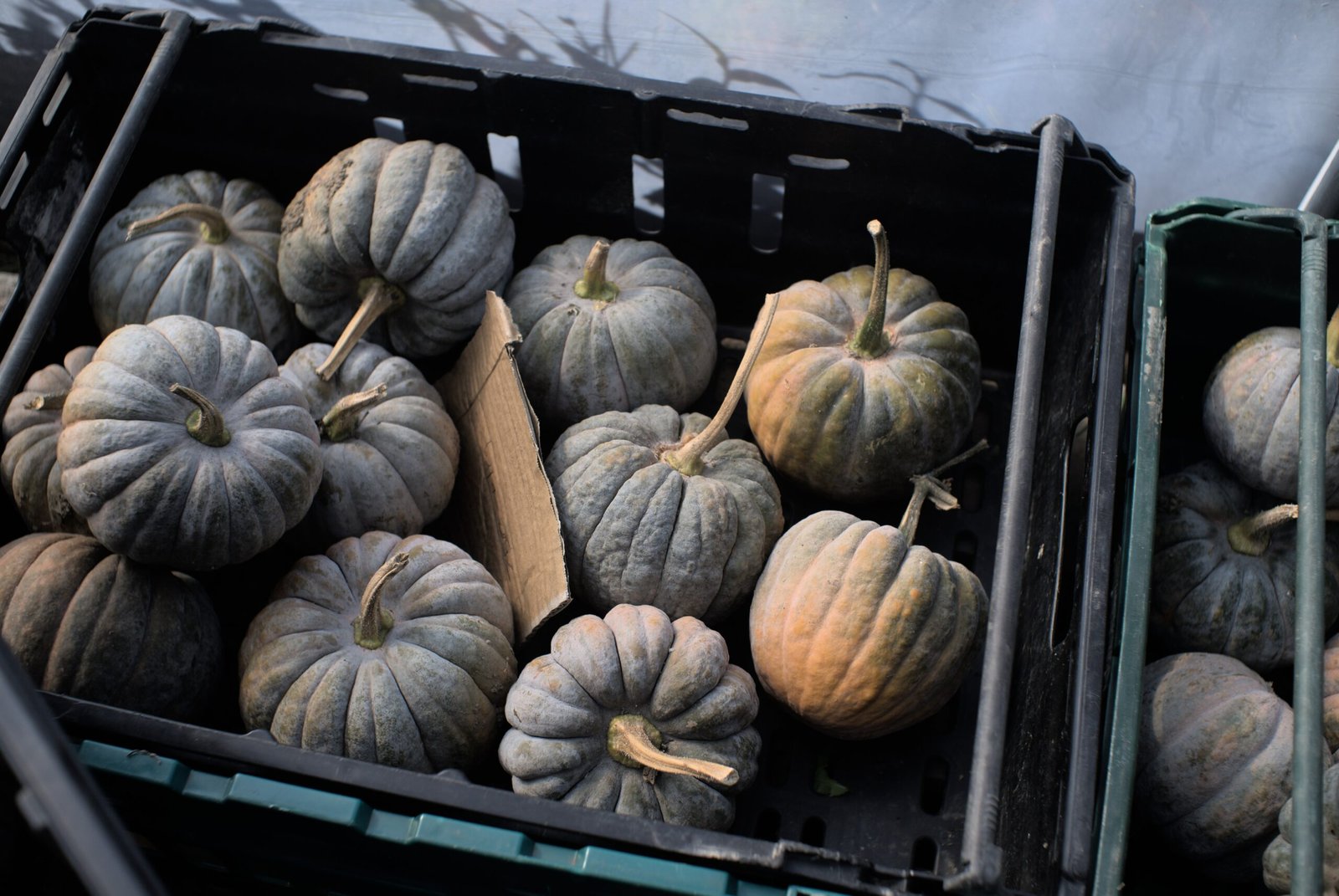As a gardener, one of the most common problems you may encounter is root and foot rot in your plants. This disease is caused by a fungus that thrives in warm, damp soil and can affect a wide variety of plants. In this article, we will discuss the causes, symptoms, and treatment of root and foot rot so you can take steps to prevent and treat it.
Root and Foot Rot Causes:
Root and foot rot is caused by a fungus called Phytophthora which lives in the soil. The fungus can easily spread from plant to plant through splashed water, soil, or contaminated tools. It is commonly found in soils that are poorly drained and receive a lot of water.
Root and Foot Rot Symptoms:
The symptoms of root and foot rot can vary depending on the plant affected, but some common signs include:
- A sudden wilting or drooping of leaves that are still green
- Brown or black roots that are mushy and easily come off when pulled
- A foul odor from the soil or plant
- Leaves that fall prematurely
- Stunted growth and yellowing of leaves
- A soft and blackened stem at the soil line
Root and Foot Rot Treatment:
The best way to treat root and foot rot is to catch it early before it spreads throughout the plant and soil. Here are some steps that you can take to stop the spread of the disease:
- Remove Infected Plants: Any plants that are infected with root and foot rot should be removed from the garden immediately. Do not compost them as this could further spread the disease. Instead, burn them or dispose of them in a sealed plastic bag.
- Improve Drainage: The fungus that causes root and foot rot thrives in damp soil and poor drainage. Make sure your garden has good drainage by adding compost, sand, or perlite to the soil.
- Water Appropriately: Overwatering your plants can lead to root and foot rot. Water your plants deeply but less frequently, and make sure that the topsoil is dry before watering.
- Fungicide Treatment: If you catch root and foot rot early, you can treat it with a fungicide. Look for a fungicide that contains copper, neem oil or potassium bicarbonate, as they are effective in preventing the spread of Phytophthora.
Root and Foot Rot Prevention:
The best way to prevent root and foot rot in your plants is to practice good gardening habits:
- Choose plants that are resistant to root and foot rot
- Provide good drainage for your soil
- Do not overwater your plants
- Keep tools clean and disinfected to avoid spreading the fungus
- Rotate your crops to avoid re-infecting the soil
Conclusion
In conclusion, root and foot rot can be a serious problem for gardeners. The key to preventing and treating this disease is to practice good gardening habits, catch it early, and treat it with fungicide if necessary. Follow these steps, and your garden will be healthy, green, and vibrant!
Root and Foot Rot FAQs:
Here are some frequently asked questions (FAQs) about root and foot rot in plants:
Q: What causes root and foot rot in plants?
A: Root and foot rot is caused by a fungus called Phytophthora, which thrives in warm, damp soil. It can spread through contaminated soil, water, or tools.
Q: How do I know if my plant has root and foot rot?
A: Common symptoms of root and foot rot include wilting or drooping leaves, brown or black mushy roots, a foul odor, stunted growth, and yellowing of leaves.
Q: Can root and foot rot be treated?
A: Yes, if caught early, root and foot rot can be treated. It is important to remove and dispose of infected plants, improve soil drainage, and use fungicides to stop the spread of the disease.
Q: How can I prevent root and foot rot in my plants?
A: Prevention is key. Choose plants that are resistant to root and foot rot, provide good soil drainage, avoid overwatering, keep tools clean, and rotate your crops to prevent reinfection of the soil.
Q: Can root and foot rot spread to other plants?
A: Yes, root and foot rot can easily spread from plant to plant. It is essential to remove infected plants promptly and take preventive measures to stop its spread.
Q: Can I compost plants affected by root and foot rot?
A: No, it is advised not to compost plants affected by root and foot rot, as this can further spread the disease. Instead, dispose of them in a sealed plastic bag or burn them.
Q: Is root and foot rot only a problem in outdoor gardens?
A: No, root and foot rot can also affect plants grown in containers and indoor gardens. Proper soil drainage and watering practices are equally important for preventing this disease in all types of gardens.
Q: Are there any natural remedies for treating root and foot rot?
A: Some natural remedies that can be used to treat root and foot rot include applying a diluted hydrogen peroxide solution to the affected area, using cinnamon powder as a fungicide, or using compost tea as a soil drench to boost plant health.
Q: Can root and foot rot kill my plants?
A: Yes, if left untreated, root and foot rot can eventually kill your plants. It is important to take immediate action if you suspect this disease to protect the health of your plants.
Q: Is root and foot rot contagious to humans or pets?
A: No, root and foot rot is specific to plants and does not pose any health risks to humans or pets.




































